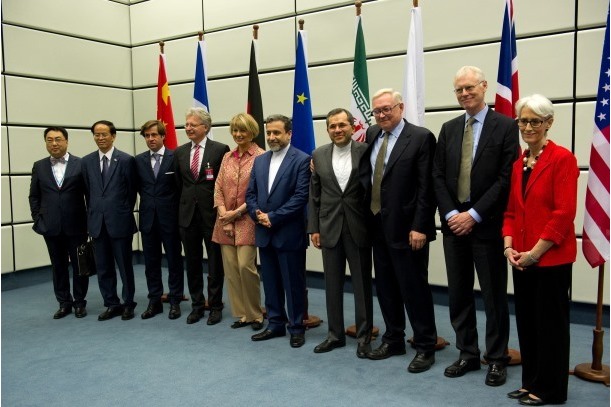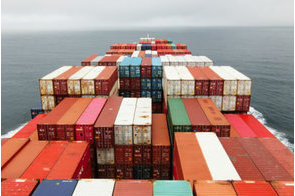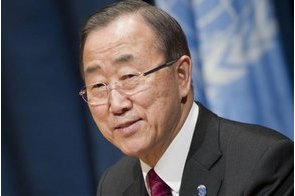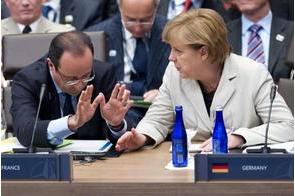It’s time to ban the bomb

Summary
Rather than nuclear disarmament, the world is witnessing an upgrading of nuclear arsenals.
The nuclear agreement between Iran, the five permanent members of the United Nations Security Council plus Germany, and the EU, comes at a historically propitious moment. Seventy years ago next month, the nuclear bombs dropped on Hiroshima and Nagasaki opened the darkest chapter in the long history of humanity’s wartime horrors. Fire, bullets, and bayonets were now joined by nuclear radiation – a silent, invisible killer like gas and biological agents.
After World War I, the international community adopted the so-called Gas Protocol, to prohibit the use of chemical and bacteriological weapons. Likewise, the demand to ban any use of nuclear weapons has been strong and persistent since the end of World War II.
But the states possessing nuclear weapons have always opposed such a ban, arguing that it would not be credible. Instead, they have recommended a step-by-step approach, eventually leading to a ban on the possession and production of nuclear weapons. After all, the same approach brought about today’s strict limits on biological and chemical weapons.
Yet 70 years after Hiroshima and Nagasaki, the gradualist approach has clearly failed. During the Cold War, the total number of nuclear weapons worldwide climbed to more than 50,000. Many, including hydrogen bombs, had explosive yields that were orders of magnitude higher than the bombs dropped on Japan.
Some measures were agreed to reduce the nuclear danger: bilateral arms-control agreements between the United States and the Soviet Union, restrictions on the testing of new weapons, and – above all – the Non-Proliferation Treaty. The aim of the NPT, signed in 1968, is the universal elimination of nuclear weapons: non-nuclear-weapon states commit not to acquire them, and the five states that officially possess them (the US, the United Kingdom, France, China, and Russia) commit to disarmament negotiations.
But the overall threat has never diminished much. To be sure, the first part of the NPT has had some success: Since the treaty entered into force, only four states – India, Israel, North Korea, and Pakistan – have developed nuclear weapons. South Africa eliminated its nuclear weapons and became a party to the NPT, while Ukraine, Belarus, and Kazakhstan transferred their nuclear arsenals to Russia. Two states – Iraq and Libya – were stopped from developing nuclear weapons, and now Iran, a party to the treaty, has committed to abide by important restrictions on its nuclear program.
And yet the commitment of the five nuclear-weapon states to disarm has had very limited results. Nuclear stockpiles were reduced – mainly for economic reasons – following the Cold War, to less than 20,000 nuclear weapons worldwide (still enough to destroy humanity several times over). And the 2010 New START agreement brought welcome upper limits to the number of nuclear weapons deployed by the US and Russia. But no serious disarmament negotiations have been pursued since.
Moreover, it was once hoped that NATO’s small number of non-strategic nuclear weapons sited in Europe could be withdrawn to the US, as they were widely considered militarily useless. Doing so, it was suggested, could lead Russia to remove its own tactical nuclear weapons. Neither action has been taken.
Likewise, the hope that the Comprehensive Nuclear-Test-Ban Treaty (CTBT), adopted in 1996, would become binding has not been realized. A moratorium on such tests exists, and an impressive monitoring machinery has been created, able to register not only weapons tests, but also earthquakes and tsunamis. Yet, because eight countries, including the US and China, have failed to ratify it, the CTBT occupies a legal netherworld: it may be said to be in operation, but not in force.
Rather than nuclear disarmament, the world is witnessing an upgrading – and, in some cases, expansion – of nuclear arsenals. There is little hope of any change for the better unless the Security Council’s permanent members conclude that their own security requires resuming détente among themselves and launching serious disarmament negotiations, as promised. They have shown their willingness to act to restrain other states from acquiring weapons of mass destruction; now it is time for them to restrain themselves.
Of course, just as some states refuse to join the conventions that ban cluster bombs and landmines, the nuclear-weapon states will not join a convention banning their arsenals. Yet the existence of such a treaty could serve as a constant reminder of what is expected of them. For that reason alone, it should become an international priority.
During the Cold War, many people feared that mankind might commit suicide abruptly, by waging a nuclear war. Today, more people may worry that humanity will suffer a more prolonged death through global warming. But the nuclear peril is still there, and groups like Global Zero deserve our support in their efforts to raise public awareness.
It has been said that Hiroshima and Nagasaki created a taboo against any further use of nuclear weapons. Let us hope so, but let us also demand that the taboo be made legally binding.
Hans Blix, former Director General of the International Atomic Energy Agency, was 1st Executive Chairman of the United Nations Monitoring, Verification, and Inspection Commission from 2000-2003. Copyright Project Syndicate
Related
-
Nigeria records $87 billion in trade misinvoicing in 10 years
Trade misinvoicing is a major type of illicit financial flow and can be used to evade customs duties, VAT taxes, and ...
-
News Initiatives launched at World Humanitarian Summit
A total of 1,500 commitments were made, including, the Education Cannot Wait fund to help provide quality education to ...
-
Greece and the looming German-French divide
Germany wants to prevent the European Union from becoming a transfer union, in which northern countries permanently ...







